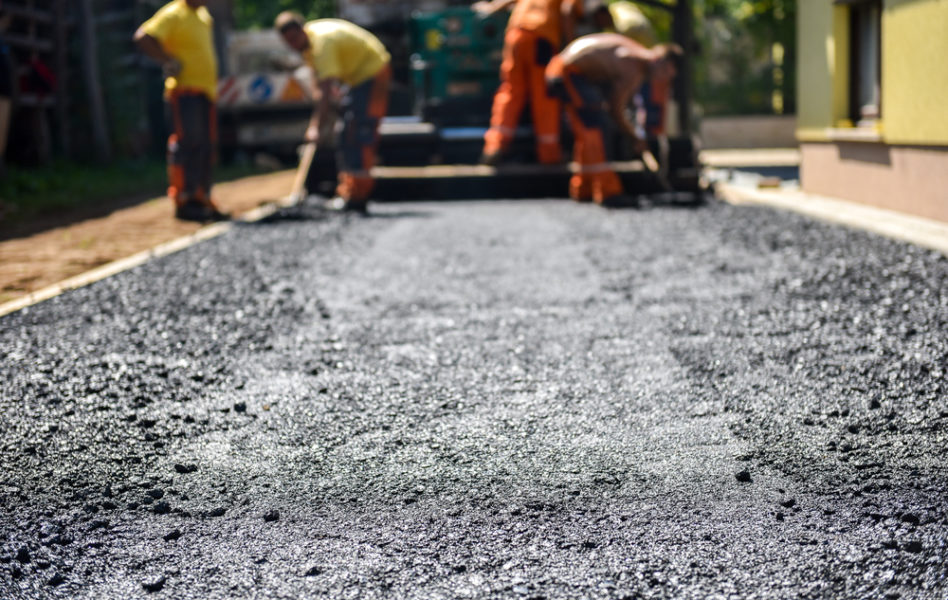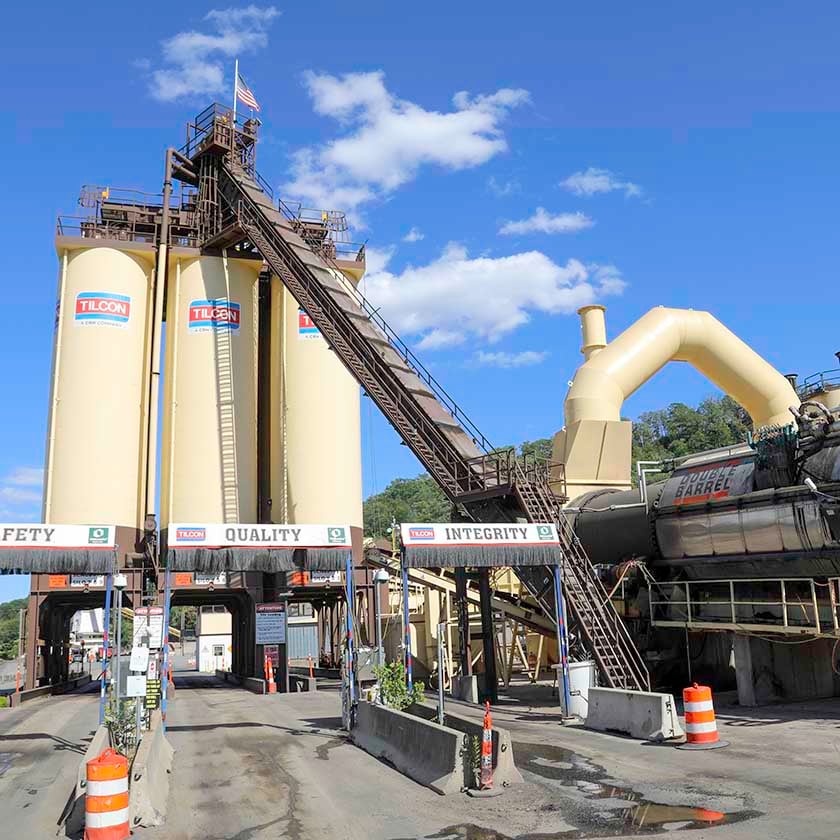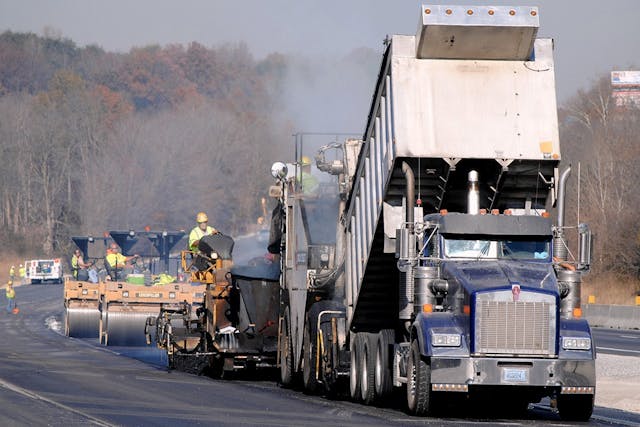Experience the Difference: Hot Mix Asphalt Paving for Regrading Projects
Experience the Difference: Hot Mix Asphalt Paving for Regrading Projects
Blog Article
Unlocking the Keys of Warm Mix Asphalt Technology
Checking out the midsts of warm mix asphalt innovation discovers a globe where careful procedures and specific formulas converge to shape our roads and framework. The fusion of accumulations, fillers, and binders isn't simply a construction task yet a tactical orchestration of longevity and performance. As we peer into the complex dance of elements, a tapestry of resilience and sustainability unfolds. What exists under this surface of asphaltic proficiency, and what keys wait to be unveiled in the realm of paving innovations?
Significance of Warm Mix Asphalt
Warm Mix Asphalt plays an important function in contemporary facilities advancement due to its sturdiness and cost-effectiveness. As the most frequently used paving product for roads, highways, and parking whole lots, Warm Mix Asphalt provides a range of benefits that add to its relevance in building and construction projects.
The longevity of Hot Mix Asphalt stems from its make-up, which includes aggregates, binder, and filler products that are meticulously selected and blended to meet certain performance requirements. In general, the significance of Hot Mix Asphalt in framework development can not be underrated, as it proceeds to be a foundation of modern building techniques.
Components of Asphalt Mixes
The structure of asphalt blends consists of meticulously selected accumulations, binder, and filler materials that are crucial for attaining particular efficiency requirements. Accumulations are the key part of asphalt blends, giving strength and stability. The binder, usually asphalt or asphalt cement, holds the aggregates with each other and provides adaptability and durability to the mix.
The combination and proportion of these parts play a substantial function in determining the quality and efficiency of the asphalt mix. Engineers meticulously make the mix to satisfy details requirements, taking into consideration elements like web traffic quantity, climate problems, and sidewalk life-span. Appropriate option and harmonizing of accumulations, binder, and fillers are essential for developing durable, resilient asphalt pavements.
Mixing and Production Techniques

Once the accumulations are selected, the binder, typically asphalt cement, is added to bind the products together. The binder's high quality and amount significantly affect the mix's strength, resistance, and flexibility to ecological elements. Additionally, fillers like hydrated lime or Portland cement might be incorporated to enhance particular attributes of the asphalt mix, such as its workability or moisture resistance.
During production, the aggregates and binder are warmed, commonly between 250-325 ° F(121-163 ° C ), to help with mixing and ensure proper layer of the aggregates. The blending process should be comprehensive to attain a homogeneous mix that promotes the preferred efficiency attributes of the asphalt. Different techniques, such as set mixing or drum blending, are used to attain regular and high-quality asphalt mixes for building projects.
Variables Impacting Asphalt Efficiency
Aspects affecting asphalt performance include a variety of variables that affect the toughness, long life, and total quality of asphalt pavements. One crucial aspect is the top quality of materials utilized in the asphalt mix. The type and source of aggregates, the binder top quality, and the additives all play a considerable function in identifying the efficiency of the asphalt pavement. The gradation of aggregates is critical as it impacts the mix's workability, resistance, and security to rutting and breaking.

Environmental problems additionally affect asphalt performance. Temperature variants, moisture infiltration, and website traffic tons can all affect the structural honesty of the sidewalk. Design factors to consider, such as sidewalk thickness and drain, are crucial in making discover here certain the long-term efficiency of the asphalt sidewalk. By thoroughly considering these factors, engineers and professionals can optimize asphalt performance and boost the solution life of pavements.
Lasting Practices in Asphalt Modern Technology

WMA enables for the production and positioning of asphalt blends at reduced temperature levels compared to conventional hot-mix asphalt, resulting in decreased power consumption and greenhouse gas exhausts. The use of porous asphalt blends can aid mitigate stormwater drainage problems by permitting water to infiltrate through the sidewalk and right into the ground, promoting all-natural water filtration and recharge processes.
Verdict
To conclude, hot mix asphalt innovation plays an browse around this web-site essential duty in contemporary framework growth due to its sturdiness and cost-effectiveness. By very carefully balancing components, utilizing proper blending strategies, and taking into consideration various aspects, designers can develop high-grade asphalt blends that hold up against rush hour lots and extreme weather. Welcoming lasting techniques, such as using warm-mix innovations and recycled materials, better enhances the ecological kindness of asphalt technology.
Mixing and manufacturing methods in hot mix asphalt technology entail the precise mix and processing of aggregates, binder, and fillers to produce a durable and high-performance asphalt mix.Aspects influencing asphalt efficiency incorporate a variety of variables that influence the toughness, durability, and general top quality of asphalt sidewalks. Sustainable techniques in asphalt innovation include numerous initiatives intended at decreasing the ecological impact of asphalt manufacturing and paving procedures. By incorporating reclaimed asphalt pavement (RAP) and recycled asphalt shingles (RAS) into brand-new asphalt mixes, the sector can substantially minimize the usage of Check Out Your URL raw materials and energy, while additionally lowering garbage dump waste.
WMA permits for the production and positioning of asphalt blends at reduced temperature levels contrasted to typical hot-mix asphalt, resulting in lowered energy usage and greenhouse gas emissions.
Report this page